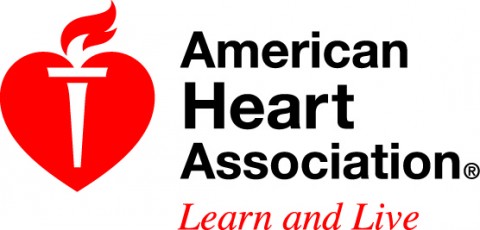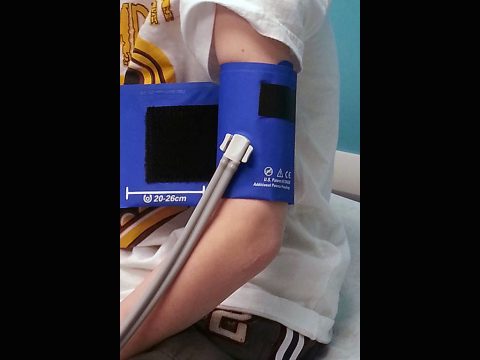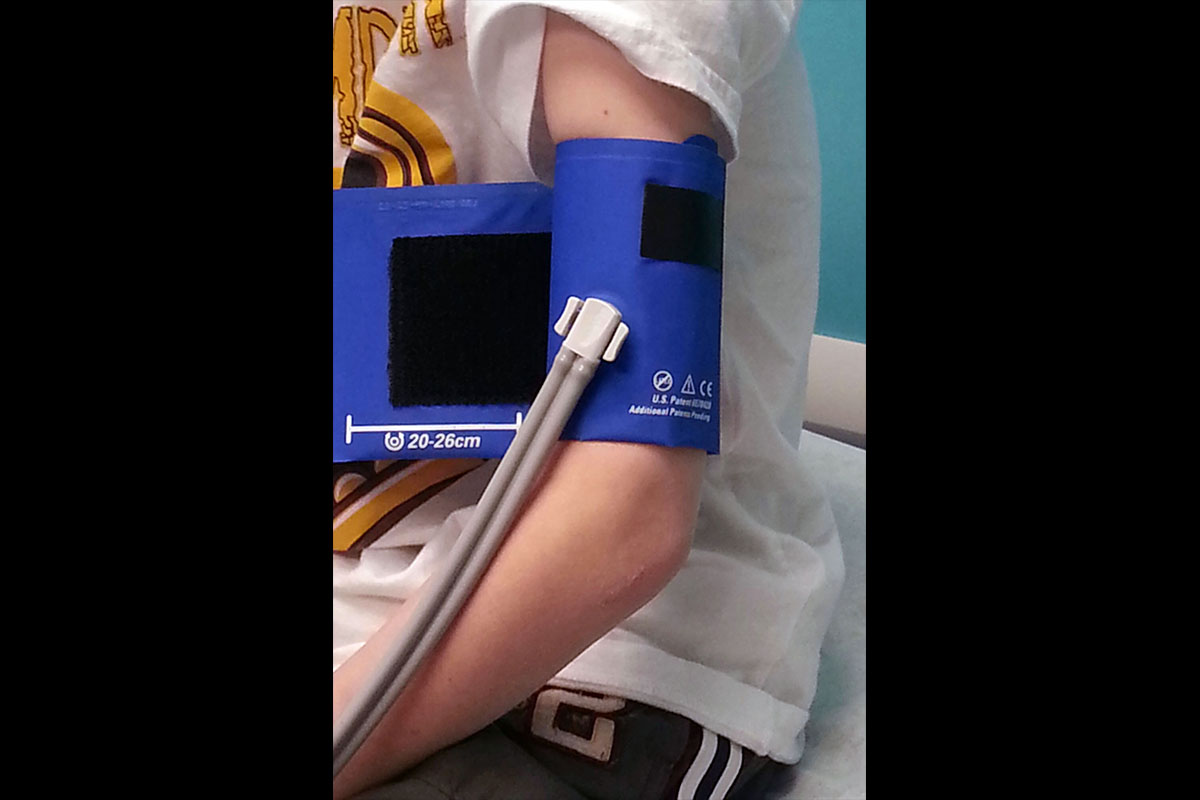 Dallas, TX – according to new research in the American Heart Association journal Hypertension, vitamin D deficiency from birth to early childhood was associated with an increased risk of elevated blood pressure in later childhood and adolescence.
Dallas, TX – according to new research in the American Heart Association journal Hypertension, vitamin D deficiency from birth to early childhood was associated with an increased risk of elevated blood pressure in later childhood and adolescence.
Researchers followed 775 children from birth to age 18 at the Boston Medical Center. Most lived in a low-income, urban area and 68% of the children were African American. Low vitamin D levels were defined as less than 11 ng/ml (nanograms per millimeter) in cord blood at birth and less than 25 ng/ml in a child’s blood during early childhood.

Compared to children who were born with adequate vitamin D levels:
- Children born with low levels of vitamin D had an approximately 60% higher risk of elevated systolic blood pressure between ages 6 and 18;
- Children who had persistently low levels of vitamin D through early childhood had double the risk of elevated systolic blood pressure between ages 3 and 18.
Systolic refers to the first or top number in a blood pressure reading. It indicates how much pressure your blood is exerting against your artery walls when your heart beats. High systolic blood pressure readings increase the risk of cardiovascular disease even when diastolic blood pressure, the second number in a blood pressure reading, is controlled.
“Currently, there are no recommendations from the American Academy of Pediatrics to screen all pregnant women and young children for vitamin D levels. Our findings raise the possibility that screening and treatment of vitamin D deficiency with supplementation during pregnancy and early childhood might be an effective approach to reduce high blood pressure later in life,” said Guoying Wang, M.D., Ph.D., the study’s lead author and an assistant scientist at Johns Hopkins University Bloomberg School of Public Health in Baltimore, Maryland.
Wang added that what constitutes optimal circulating vitamin D levels during pregnancy and early childhood remains an active research question, and that their study results need to be replicated in other large populations.
Vitamin D is needed for the body to absorb calcium for strong bones. It is made by our bodies when we are exposed to sunlight and found in a few foods, such as eggs, salmon and fortified milk products. It is also available as a vitamin supplement.
High blood pressure is a leading, preventable cause of cardiovascular disease worldwide. Along with an increase in obesity among children, the prevalence of high blood pressure in children has been on the rise in recent years, especially among African American children. High blood pressure in childhood is an important risk factor for having high blood pressure and developing cardiovascular disease in adulthood.
Co-authors are Xin Liu,M.D., Ph.D.; Tami Bartell, M.P.H.; Colleen Pearson, B.A.; Tina Cheng, M.D., M.P.H.; and Xiaobin Wang, M.D., M.P.H., Sc.D.
Author disclosures are on the manuscript.
The Children’s Health Study is supported by the National Institutes of Health (NIH) and the Health Resources and Services Administration (HRSA) of the U.S. Department of Health and Human Services.
Additional Resources:
- Vitamin Supplements: Hype or Help for Healthy Eating?
- View the manuscript online.
- View this release in Spanish.
- Follow AHA/ASA news on Twitter @HeartNews



